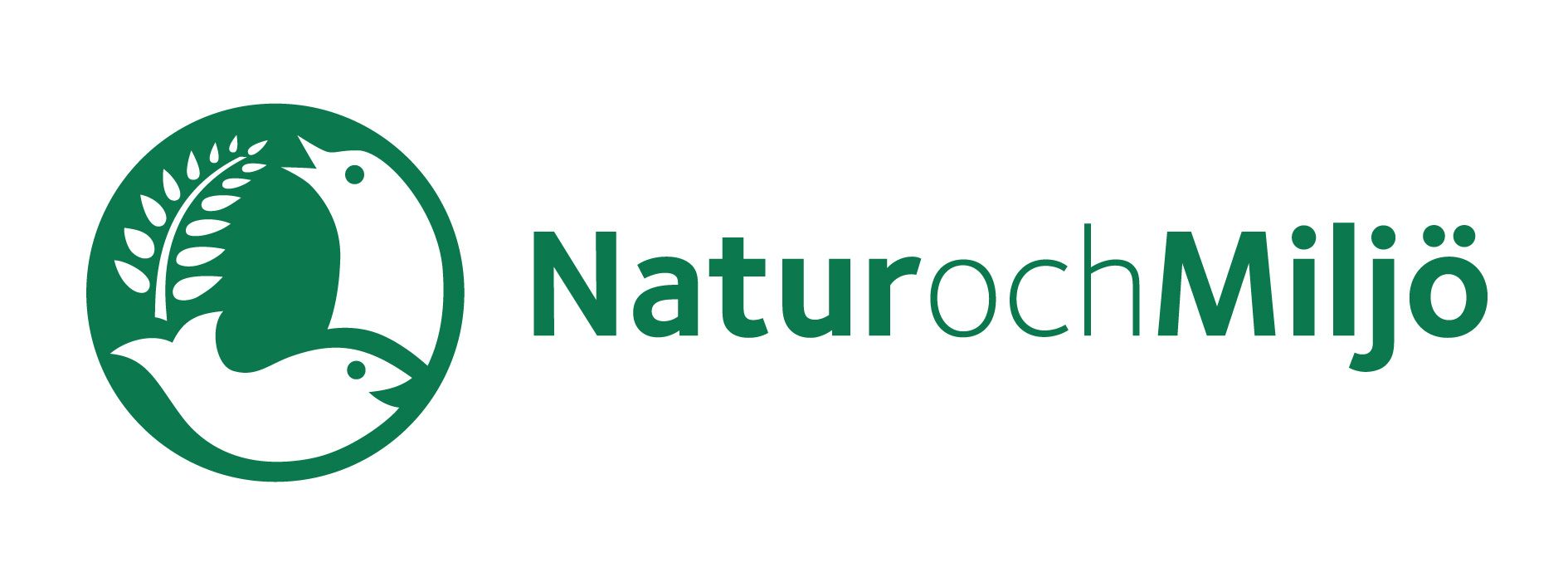CCB welcomed a new Member Organization!
During the last CCB General Meeting, held online on 18 November 2024, CCB welcomed a new Member Organization in its network: the Finnish Society for Nature and Environment (Natur och Miljö), from Finland.

The Finnish Society for Nature and Environment’s core operational area is where its members live and work, i.e., the Baltic Sea coastline from Loviisa in the east to Kokkola in the northwest, including the Åland archipelago in the southwest.
They address issues such as eutrophication, fishing, and land-based impacts on the Baltic Sea through campaign activities, comment letters to authorities, and participation in various official working groups.
With their new campaign, From Forest to Sea (in Swedish: Från skog till hav), they aim to inspire nature-based solutions and restoration measures for a cleaner Baltic Sea. As a shoreline or landowner, you can contribute to a cleaner Baltic Sea by, for example, clearing reeds in the right way or managing forests sustainably.
Forest management practices such as drainage through ditching, clear-cutting, and harvesting buffer zones are still in use in Finland today, despite evidence that they increase nutrient loads in waterways. By raising awareness of nature-based forestry methods that harness the forest's ability to capture nutrients, they aim to benefit both forest ecosystems and the health of the Baltic Sea.
Learn more about how you can contribute to the From Forest to Sea campaign on the campaign website (in Swedish here: https://www.naturochmiljo.fi/fran-skog-till-hav/)
As part of the campaign, they will also organize events and support landowners in implementing nature-based solutions. Additionally, they will collaborate with other actors and organizations at both local and national levels.

